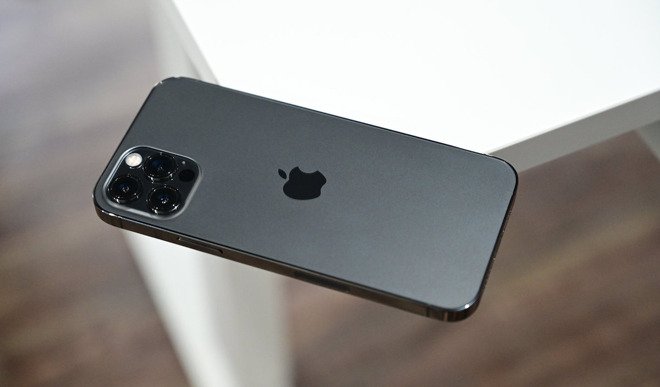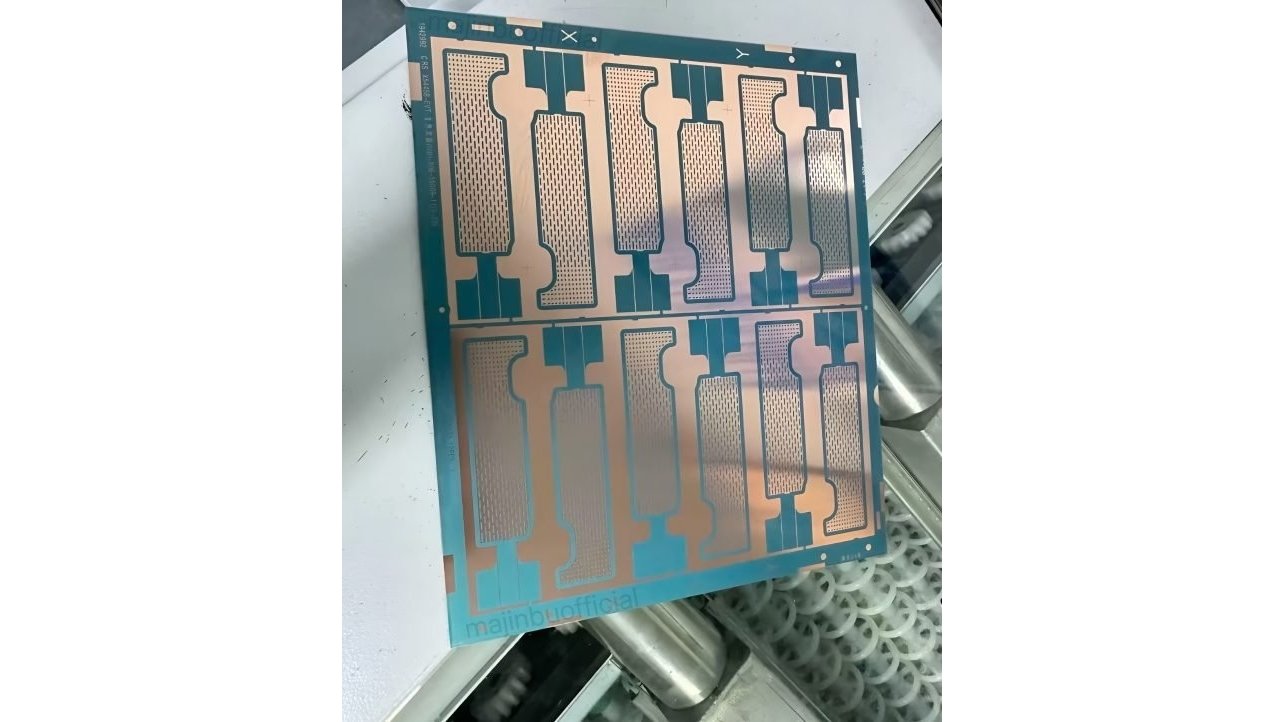iPhone 17 Pro rumored to get vapor chamber cooling
A questionable new leak says that the iPhone 17 line will introduce a vapor chamber cooling technique. If true, it would be the debut of the technology in the iPhone lineup.

The iPhone 17 line is expected to use new ways to dissipate internal heat.
Currently, iPhones use passive cooling by leveraging the metal and glass of the iPhone body. However, during intense usage, this can result in warnings that the iPhone must cool down, preventing further use of the device for a short time.
The new report from Majin Bu -- who has a mixed track record for accuracy -- confirms that the vapor chamber cooling technique will debut in the iPhone 17, expected to debut this fall. While the report claims to be from an "internal source," it hedges its bet by saying that a design is "still evolving, with some challenges to address."
Vapor chambers are used in many Android phones as a way to dissipate heat when the device is under intense usage, such as during gaming sessions. The technique involves allowing a chamber of liquid to absorb heat from the device, causing the liquid to evaporate.
The vapor then moves across the plate of the device, cooling back into a liquid. This redistributes the heat, allowing for better dissipation.

A thermal plate with a copper surface could be used to redistribute heat - Image credit: Majin Bu
The idea of iPhones moving to this more active cooling technique has been around for some time. Reports surfaced back in January that Apple was planning such a move for the next release of the iPhone.
TF Securities analyst Ming-Chi Kuo first mooted the idea of the iPhone 17 using vapor chamber cooling in a report from August of 2024. He believed at the time that the technology would only be used in the iPhone 17 Pro and Pro Max, rather than across the entire iPhone 17 line.
Bu is also the source of an questionable claim that the iPhone 17 lineup will feature new pastel purple and green color options.
The need for a new system of cooling the iPhone evolves from its expanding abilities, including the growing computational requirements of Apple Intelligence. Bu says that Apple will also be incorporating a heat-spreading metal plate across the device to aid in heat management.
The report also supports other claims that Apple will move to lighter chassis materials like aluminum, which can absorb and dissipate heat from internal components. Previously, iPhones have relied on thermal paste and graphite sheets, along with aluminum shielding, to help dissipate the heat of the processor and components.
Rumor Score: Possible
Read on AppleInsider

Comments
Whether or not that’s better than just convection into the air has yet to be measured. Maybe some YouTuber can conduct and experiment.
The heat has to go from the SoC chip to the outside air. The vapor chamber takes the heat from the SoC chip to presumably graphene sheets that spreads that heat out across the footprint of the phone as much as possible. The heat then is transferred to the glass and metal, and then to the air, and your hand, a table, a pocket, whatever the outside is in contact with. (If the outside air is 110 °F, well, find some shade).
Moving heat from the SoC chip to the graphene sheet (or other heat spreader) could be a bottleneck as chips are very small while transferring heat through a conduction path with solid metal needs a certain amount of contact area. The higher the power per unit area of the SoC, the more using a solid metal (with a thermal paste interface) becomes a bottleneck. A vapor chamber can address that as it can transfer more heat per unit area. That heat still needs to get out of the phone.
It's really not a sign that Apple is wringing more performance out of the chip, per se. They were doing fine before with dumb metal and thermal paste conduction paths. If they are resorting to vapor chambers, it is a sign that the SoC chip, especially the CPU and GPU cores, are getting smaller, using more power, or both.
The next generation N3P process from TSMC, which the next gen Apple silicon is rumored fo be fabbed on, is a 3rd gen TSMC 3nm process. Improvements in transistor density and power consumption are at best 5% to 10% over N3E (used in M4 gen SoCs), while Apple is trying eek out 10 to 20% improvements. That means these N3P chips need to use more power, relative to N3E, to get those performance improvements, and drives the need for a more performant cooling system. It also would mean your phone would feel hotter more often, unless that can spread the heat across graphene sheets even more.
At least, this how I would look at a rumor of Apple using vapor chambers. The power consumption per unit area is going up, requiring vapor chambers to remove heat to enable performance gains. It's not a plus. It's a mitigation.
https://www.windowscentral.com/hardware/xmems-ucooling-xmc-2400-airjet
https://www.tomshardware.com/pc-components/air-cooling/xmems-fan-on-a-chip-cooling-can-reduce-ssd-temperatures-by-up-to-20-percent
If they can move air in from one side of the phone, across the CPU and out the other using the solid state fan, that should help cool it down a lot. In older designs, these options used more power than a fan but maybe these newer ones are efficient enough or Apple could try designing their own.